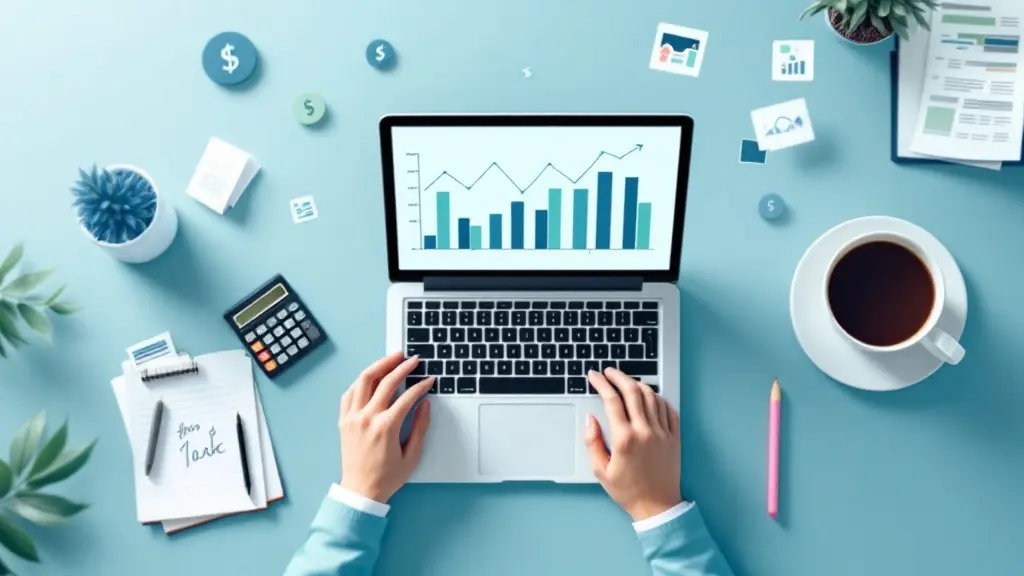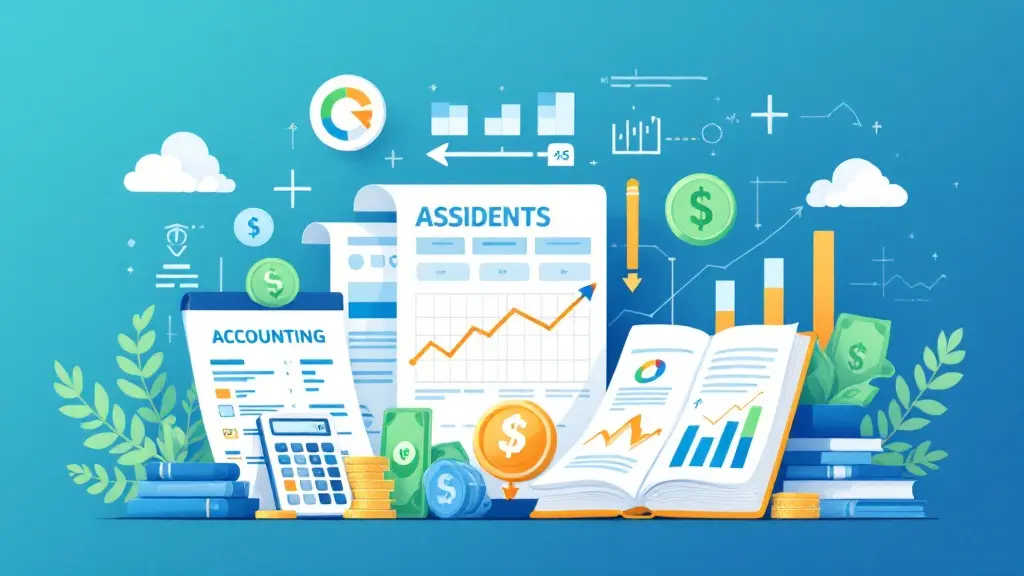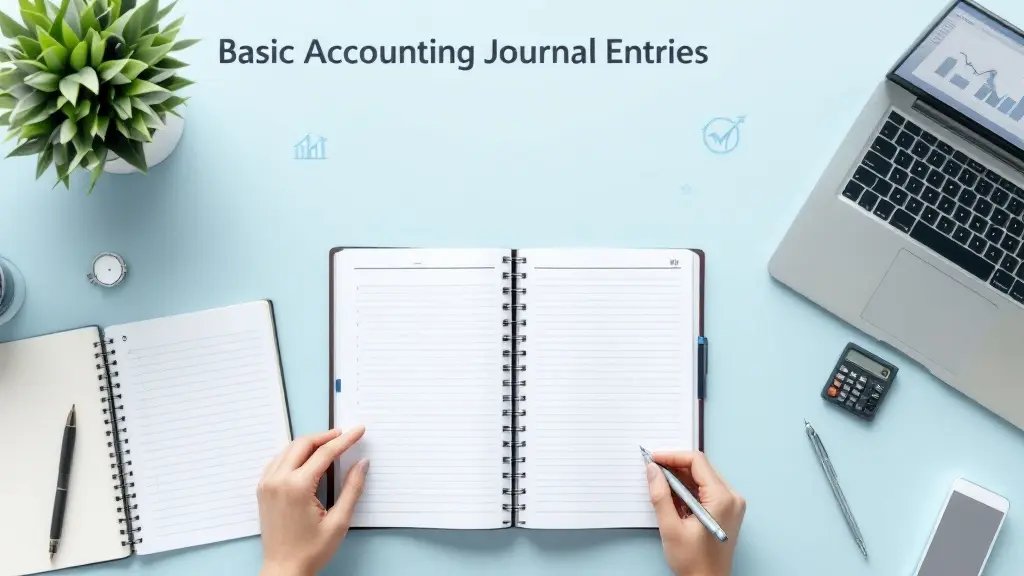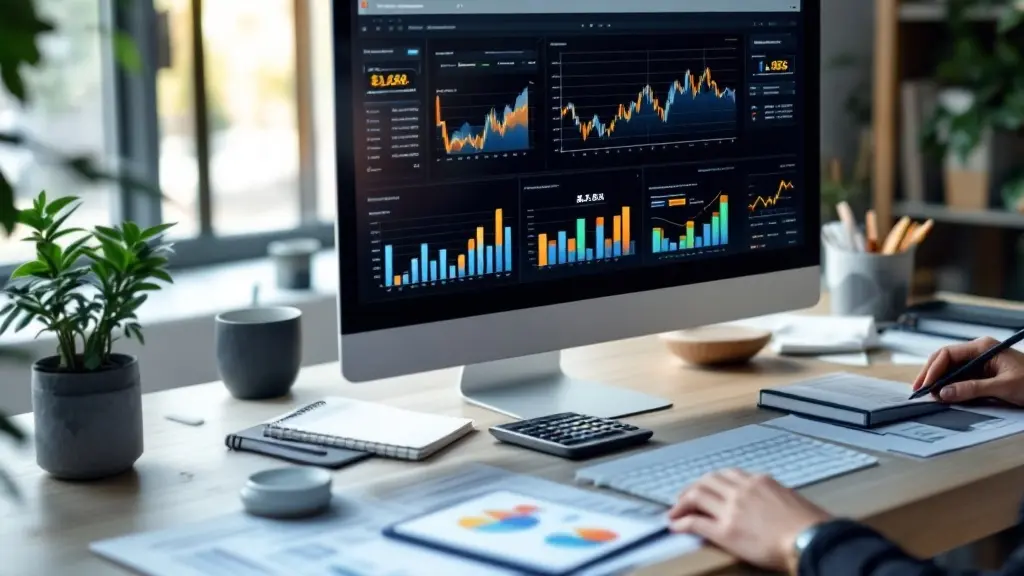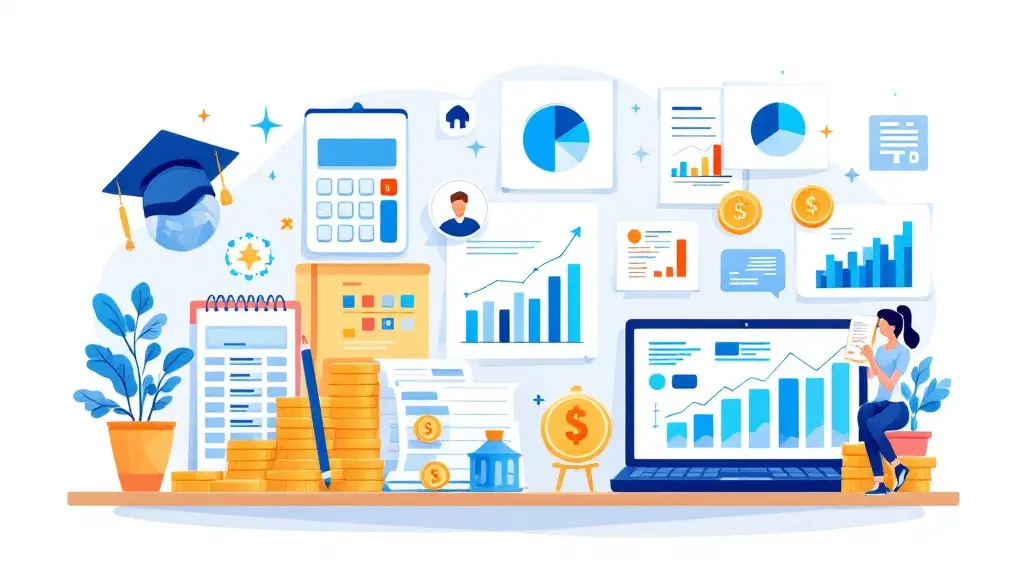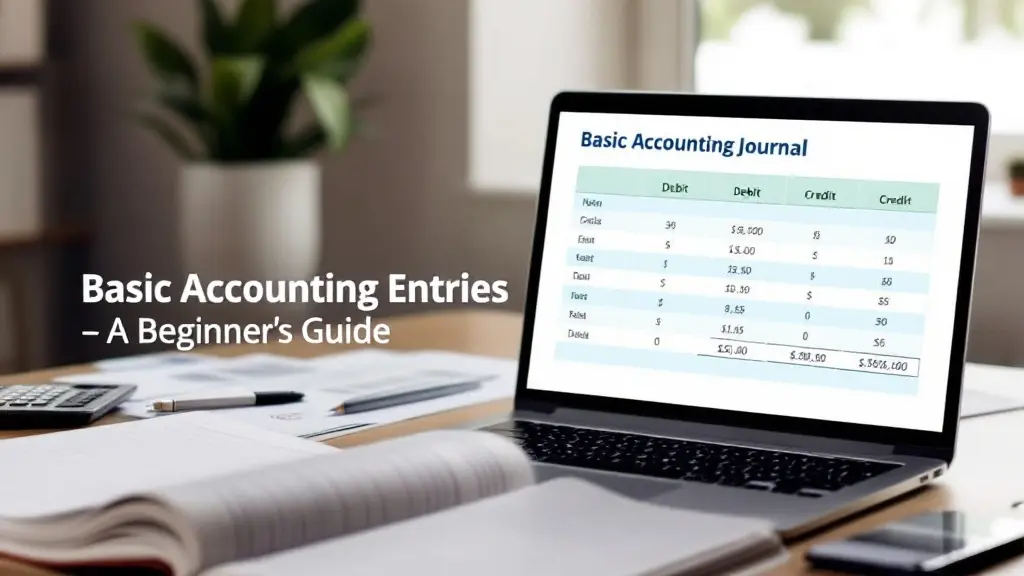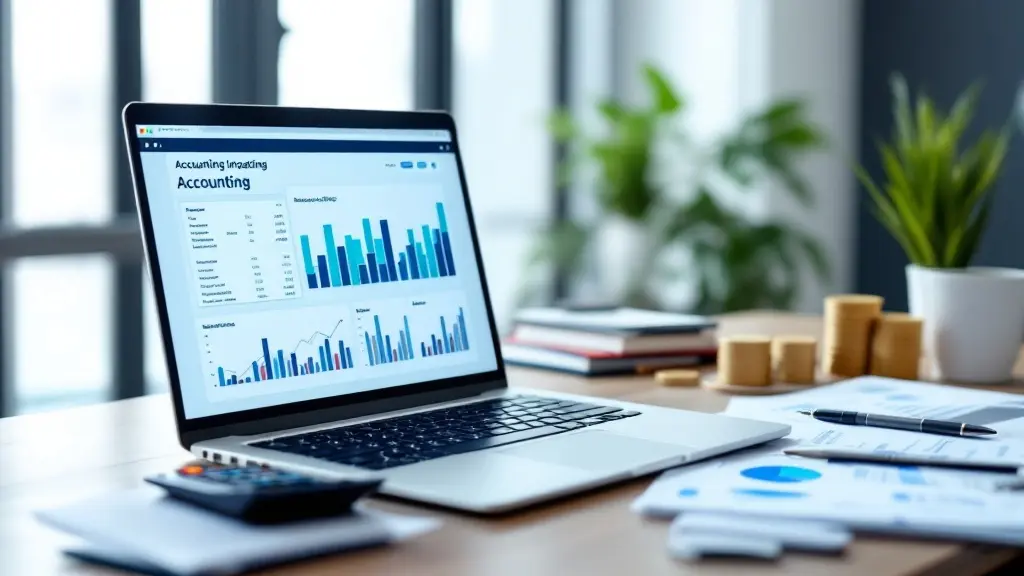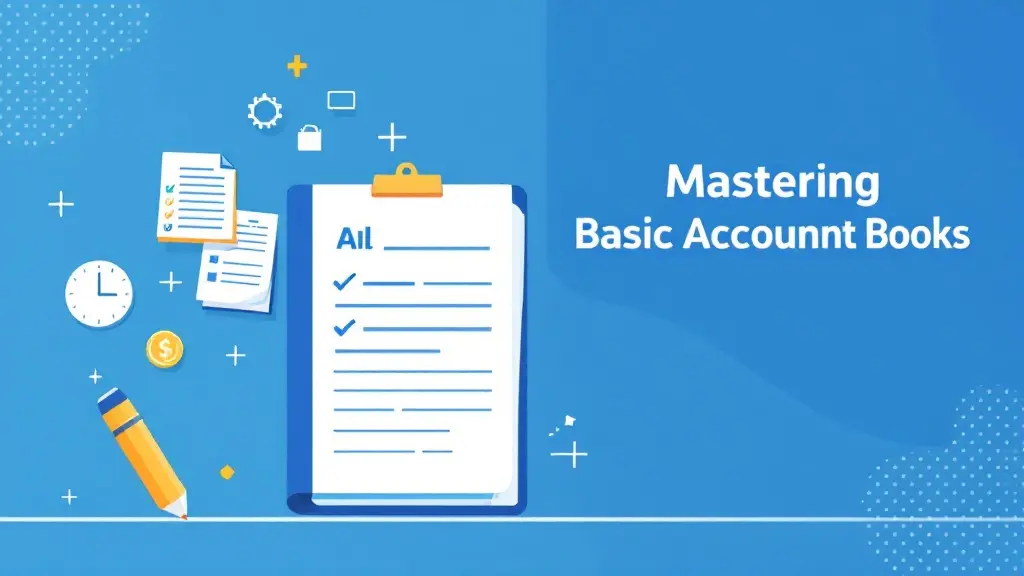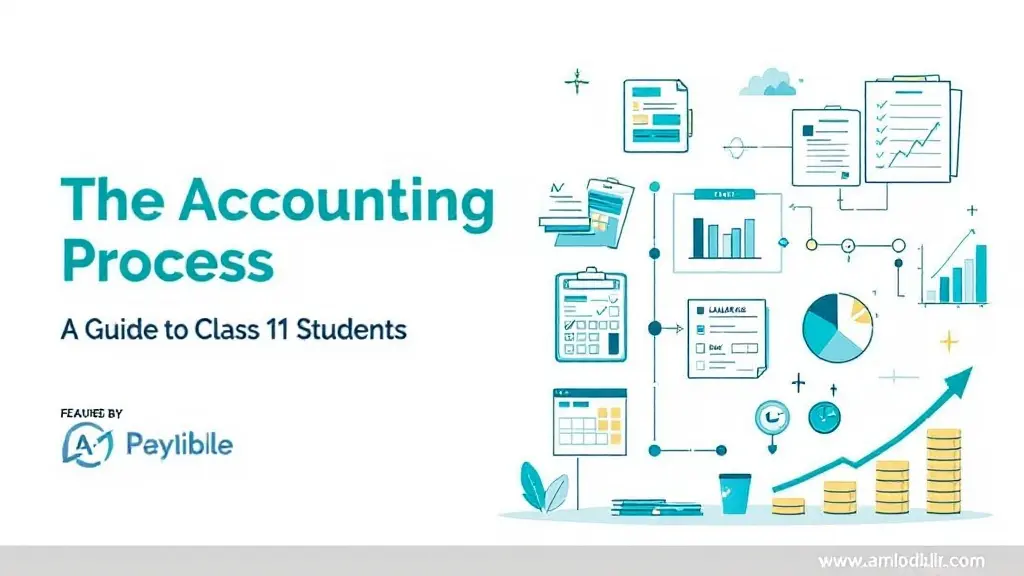Understanding the Importance of a Balance Sheet and Why It’s Prepared
Table of Contents
Most Read
[fusion_dropcap class="fusion-content-tb-dropcap"]I[/fusion_dropcap]n the world of business, financial clarity is crucial for decision-making, managing resources, and ensuring sustainable growth. A key financial document that offers this clarity is the balance sheet. But why is the balance sheet prepared, and how does it play a pivotal role in a business’s financial health?
In this blog post, we will dive into the concept of the balance sheet, its significance, and how it is prepared. Whether you’re a student of accounting, a small business owner, or just someone curious about how businesses track their financial standing, this article will help you understand the importance of the balance sheet.
What is a Balance Sheet?
A balance sheet is a financial statement that provides a snapshot of a company’s assets, liabilities, and shareholders’ equity at a specific point in time. It is often referred to as a statement of financial position, as it outlines the company’s financial standing by balancing these three major components:
- Assets: What the business owns.
- Liabilities: What the business owes.
- Equity: The ownership interest in the business.
The balance sheet is a crucial tool that provides insights into the company’s financial health. It helps stakeholders—such as investors, creditors, and management—understand how well the company is performing and whether it can meet its financial obligations.
The Balance Sheet Equation
The balance sheet follows a simple equation:
Assets = Liabilities + Equity
This fundamental equation ensures that the balance sheet is always “balanced.” The total value of assets must always equal the combined value of liabilities and equity, providing a clear picture of a company’s financial stability.
Why is the Balance Sheet Prepared?
Now that we know what a balance sheet is, let’s explore why it is prepared. The balance sheet is more than just a tool for accountants; it serves several critical purposes for both internal and external stakeholders.
1. To Assess Financial Health
A balance sheet provides a clear and concise snapshot of a company’s financial position. By comparing assets and liabilities, business owners can quickly assess whether their company is in a strong financial position or facing challenges. For example, a business with more assets than liabilities is typically in a good position to grow and expand.
2. To Track Financial Progress
Companies use balance sheets to track their financial progress over time. By preparing balance sheets at regular intervals (e.g., quarterly or annually), businesses can monitor growth, identify trends, and make adjustments where necessary. This can help in making more informed decisions about future investments, funding, and strategic planning.
3. For Investor and Creditor Confidence
For potential investors and creditors, the balance sheet is a vital tool for evaluating the risk and potential returns of investing in or lending to a company. A well-prepared balance sheet shows transparency, financial health, and the ability to repay debts, which helps build trust with stakeholders.
4. To Meet Legal and Regulatory Requirements
In many countries, businesses are legally required to prepare and present balance sheets regularly. For example, public companies must submit balance sheets as part of their annual financial reports to ensure transparency and comply with regulatory standards.
Key Components of a Balance Sheet
To fully understand how a balance sheet is prepared, it’s important to break down its main components. As mentioned earlier, the balance sheet consists of assets, liabilities, and equity. Let’s explore each of these elements in detail.
1. Assets
Assets are resources that the business owns or controls, which are expected to provide future economic benefits. Assets can be classified into two main categories:
a) Current Assets
These are assets that are expected to be converted into cash or used up within a year. Examples include:
- Cash and cash equivalents (like bank balances)
- Accounts receivable (money owed to the business)
- Inventory (raw materials, work-in-progress, and finished goods)
b) Non-Current Assets
These are long-term assets that are not easily converted into cash within a year. Examples include:
- Property, plant, and equipment (PPE) (land, buildings, machinery)
- Intangible assets (patents, trademarks, goodwill)
- Investments (long-term securities or investments in other companies)
2. Liabilities
Liabilities are obligations that the business must fulfill, either by paying money or transferring assets. Like assets, liabilities are divided into two categories:
a) Current Liabilities
These are debts or obligations that need to be paid within a year. Common examples include:
- Accounts payable (money owed to suppliers)
- Short-term loans (due within one year)
- Accrued expenses (wages, taxes, and other expenses incurred but not yet paid)
b) Non-Current Liabilities
These are long-term debts that are due after one year. Examples include:
- Long-term loans or bonds payable
- Pension liabilities
- Deferred tax liabilities
3. Equity
Equity represents the owners’ share in the business after all liabilities have been deducted from assets. It’s also known as the owner’s equity or net worth. The two main components of equity include:
- Share capital: The amount invested by shareholders or owners.
- Retained earnings: Profits that the business has earned and retained, rather than distributed as dividends.
How is a Balance Sheet Prepared?
The preparation of a balance sheet follows a systematic process. Let’s break it down step by step.
Step 1: Identify and Classify Assets
The first step in preparing a balance sheet is to list all of the company’s assets and classify them into current and non-current categories. This involves going through financial records to determine the value of cash, receivables, inventory, investments, and physical assets like equipment and property.
Step 2: List Liabilities
Next, identify all the liabilities the business owes. These should be classified into current and non-current liabilities. Current liabilities might include accounts payable, short-term debts, and accrued expenses, while non-current liabilities could be long-term loans and bonds.
Step 3: Determine Owner’s Equity
Calculate the owner’s equity, which represents the residual interest after subtracting liabilities from assets. This is done by adding up the share capital and retained earnings (profits reinvested in the business).
Step 4: Ensure the Equation Balances
Finally, double-check that the fundamental balance sheet equation holds true: Assets = Liabilities + Equity. If it doesn’t balance, you may need to revisit the classifications or calculations.
Common Balance Sheet Ratios
Analyzing a balance sheet is not just about looking at the numbers—it’s about interpreting them. Financial analysts and business owners often use various ratios to gauge a company’s performance. Here are a few key ratios derived from the balance sheet:
1. Current Ratio
The current ratio is used to assess the company’s ability to pay short-term obligations.
Current Ratio = Current Assets / Current Liabilities
A ratio of 1 or higher is typically considered a sign of financial stability.
2. Debt-to-Equity Ratio
This ratio shows the relative proportion of debt and equity financing used by the company.
Debt-to-Equity Ratio = Total Liabilities / Shareholders’ Equity
A higher ratio suggests that the company is more leveraged and may face higher financial risk.
3. Return on Equity (ROE)
ROE measures the profitability of a company in relation to its equity.
Return on Equity = Net Income / Shareholders’ Equity
A higher ROE indicates that the company is effectively using its equity to generate profits.
Conclusion
The balance sheet is more than just a financial statement—it’s a critical tool for understanding a business’s financial health, performance, and potential for growth. By providing a detailed breakdown of assets, liabilities, and equity, a balance sheet allows business owners, investors, and creditors to make informed decisions about the company’s future.
In today’s competitive business environment, understanding how a balance sheet is prepared and how to interpret it is essential for anyone involved in managing or investing in a business. By keeping a close eye on this vital financial document, businesses can ensure they remain on track toward achieving their financial goals.
FAQs
1. Why is a balance sheet important for small businesses? A balance sheet helps small business owners track their financial health, monitor cash flow, and ensure they are meeting their financial obligations. It is also important for securing financing from investors or creditors.
2. How often should a balance sheet be prepared? Balance sheets should typically be prepared quarterly or annually. However, businesses may choose to prepare them more frequently for internal management purposes.
3. Can a business operate without preparing a balance sheet? While not a legal requirement for all businesses, preparing a balance sheet is crucial for maintaining financial transparency, securing loans or investments, and making informed business decisions.
By understanding the components of a balance sheet and why it is prepared, you can better manage your business’s finances and position it for long-term success.
